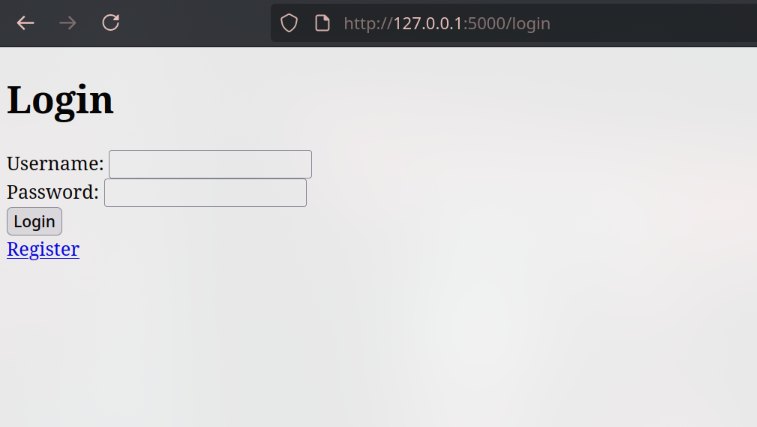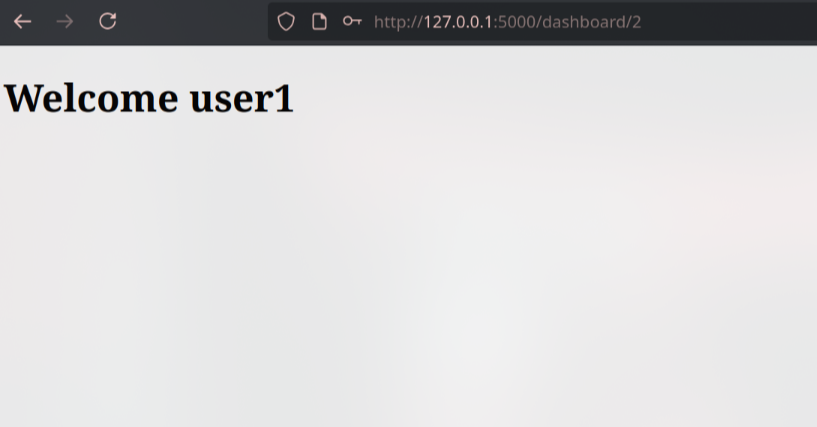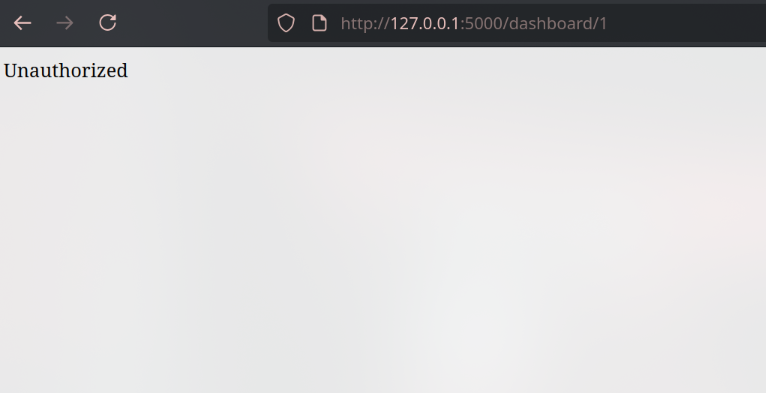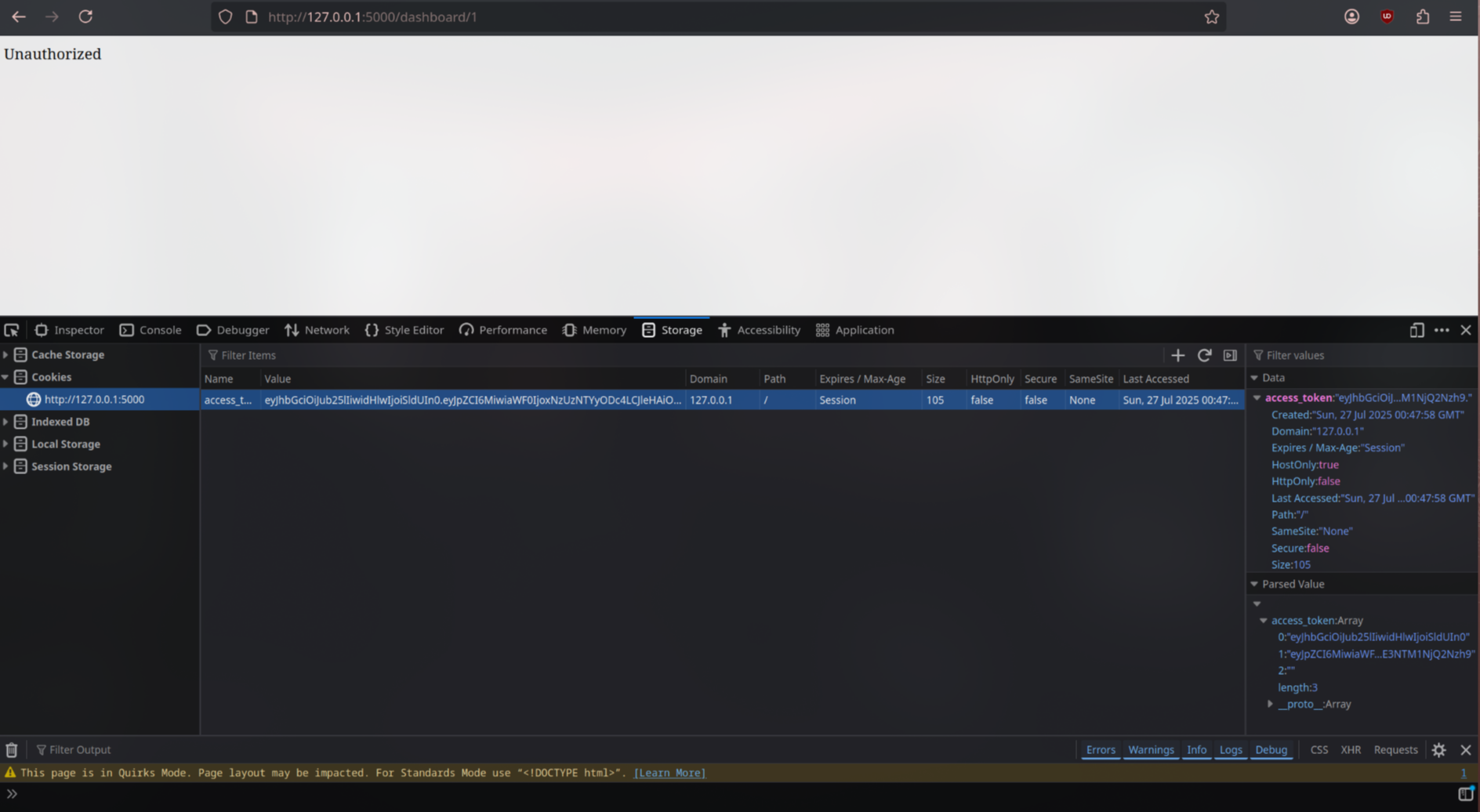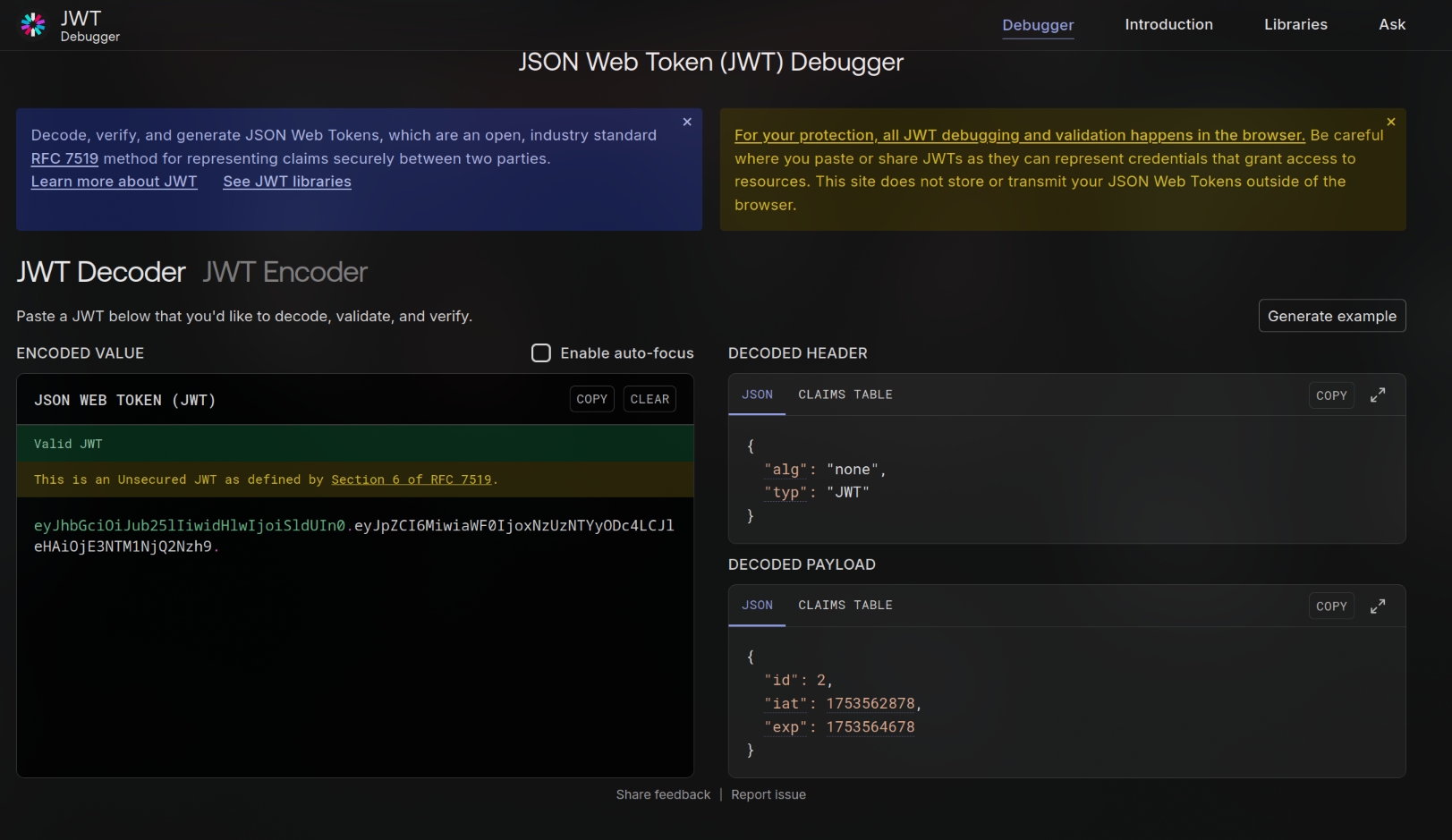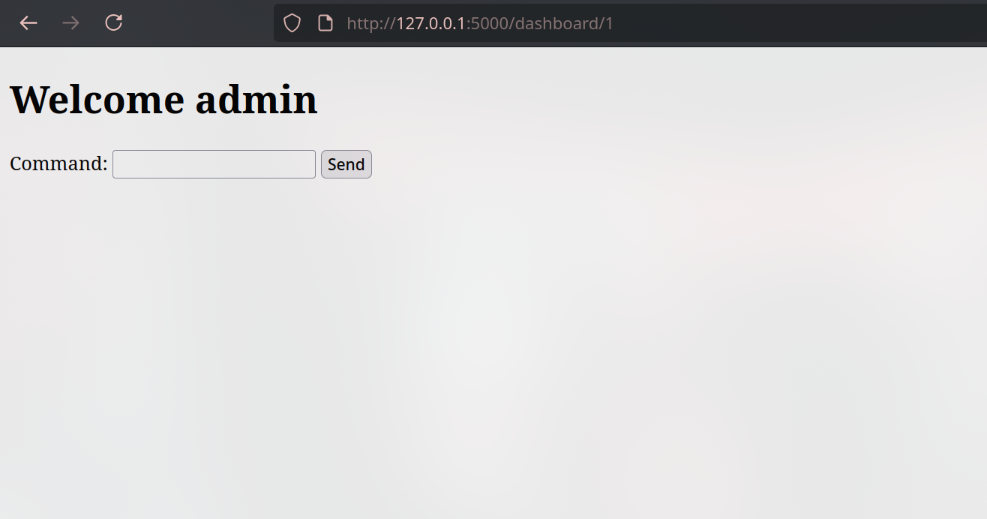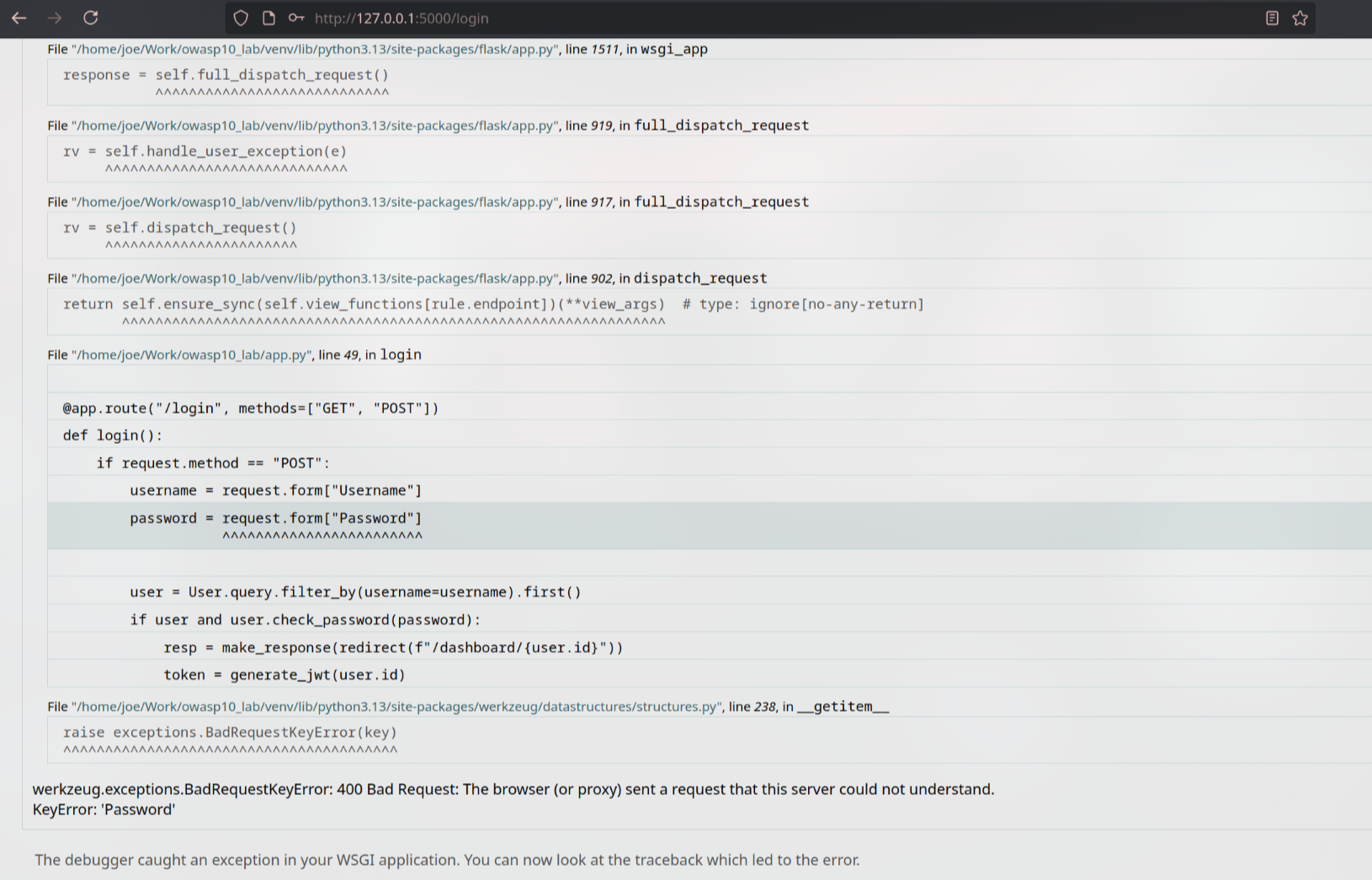OWASP Top 10 Lab (Part 1)
The OWASP Top 10 is a list of 10 critical web application security risks and serves as a standard for web developers and security professionals looking to mitigate any application security vulnerabilities.
In this lab, I will demonstrate the top 5 security risks and how to mitigate them. These examples will be pretty bare bones, seeking to show as little as possible aside from the actual risk. This is to both make the concept on display clearer and keep the code minimal.
The web app code for each risk can be found on GitHub.
1. Broken Access Control & 2. Cryptographic Failures
Definitions
Broken Access Control refers to when a user can act outside of their permissions. A normal user being able to access an admin’s dashboard would be an example of this, and this is what we will walk through below.
Cryptographic Failures refers to any instance where sensitive data is missing encryption or weak encryption is used. This also pertains to data that the end user shouldn’t be able to modify being unsigned or using a weak signature algorithm/key. One example of a cryptographic failure is storing passwords using an insecure algorithm like SHA-256 and no salt.
Walkthrough
First, we will register a user. I’ll use the username user1 and password password. Once our user is created, let’s login.
If we take a look at the URL, logging into the website brought us to our user’s dashboard at /dashboard/2. It the /dashboard part makes sense, but what is the /2 referring to? A reasonable guess is some kind of user ID. If that’s the case, then changing this should allow us to see the dashboards of other users if there aren’t controls in place to prevent that.
Let’s try accessing /dashboard/1.
It seems that we aren’t authorized to view this page, but now we know that it exists. Now let’s take a look at how this web app is actually tracking our identity. If we inspect the page and take a look at our cookies, we see only an access_token value.
The contents of access_token look like a JSON web token (JWT). JWTs are a common token format typically used for stateless authentication to in modern web apps and APIs. They consist of 3 blocks of base64 encoded text separated by dots in the form <Header>.<Payload>.<Signature>.
We can take a closer look at our JWT using online tools. Copy the token and go to jwt.io. Here, paste the token into the decoder.
There are two important things to note about this JWT:
- In the header,
algis set tononeand there is no signature. This means we can change the payload to whatever we want. - The payload contains an
idfield that is set to2, the same value we saw in the URL for our dashboard. This confirms our suspicions that the value after/dashboardis an ID.
Since we have the freedom to do whatever we want with this JWT, let’s try changing the payload id to 1 (switch to the JWT Encoder tab of jwt.io and edit the id value). Return to the web app and replace the old JWT with the new one.
Now when we access /dashboard/1, we’re in!
Mitigation
Be sure to sign and encrypt whenever possible. In this case, it would be trivial to generate a complex key and change the signature algorithm from none to HS256. This would be sufficient to prevent the token forgery that allowed us to impersonate the admin.
3. Injection (and more bad cryptography)
Definitions
Injection refers to when an attacker can send untrusted data into some kind of interpreter. For example, when making database queries an attacker can potentially execute arbitrary SQL if proper precautions aren’t taken. Command injection is another thing to look out for and it is what we will show below.
Walkthrough
Now that we’ve made it to the admin dashboard, let’s do some more digging. The only thing on the admin dashboard is a form to send commands to the server. With a quick ls we see the files for the Flask app. We’re able to execute arbitrary commands on the server!
A little more poking and we find /instance/test.db, which is a sqlite3 database. We can dump it with the below command (the correct table can be found by executing .tables; via sqlite3).
1
sqlite3 /instance/test.db "select * from user;"
Now we have what seems to be a SHA-256 hash for the admin account (we can check what kind of hash something is with online tools such as hashes.com). No salt accompanies this hash, so we should be able to crack it quite easily using online tools.
Mitigation
Anywhere that would allow a user to execute arbitrary commands should be heavily protected and often it is best to limit the capabilities of these features. Though not shown in this example, even forms that are not intended to execute arbitrary commands can be used to do so if fed into some kind of interpreter (think SQL injections).
As for the passwords, they should not have been hashed with SHA-256. A secure key derivation function (KDF) should be used instead, like argon2 or bcrypt. These algorithms both take salts and are purpose built for storing passwords.
4. Insecure Design
Definitions
Insecure Design refers to any security design flaw. This is quite broad and can include many things. For example, not rate limiting login attempts or not having authorization checks on sensitive functions would be considered insecure design.
Walkthrough
As we saw in the previous section, the admin password is pretty simple. We could try brute forcing the login rather than manipulating JWTs.
Here we’ll use the tool hydra to do so. Below is a breakdown of the command and its output:
-l admin: Set the username to admin.-P rockyou.txt: Use the password listrockyou.txt.127.0.0.1: Our target host.-s 5000: Use port 5000./login: The endpoint to targetUsername=^USER^&Password=^PASS^: What to send in the POST request body.- The fields
UsernameandPasswordcould be found by inspecting the HTML of the login form.
- The fields
Invalid: Text contained on failed login pages. Anything attempts that have a response with this text will not be shown.
1
2
3
4
5
6
7
8
9
$ hydra -l admin -P rockyou.txt 127.0.0.1 -s 5000 http-post-form "/login:Username=^USER^&Password=^PASS^:Invalid"
Hydra v9.5 (c) 2023 by van Hauser/THC & David Maciejak - Please do not use in military or secret service organizations, or for illegal purposes (this is non-binding, these *** ignore laws and ethics anyway).
Hydra (https://github.com/vanhauser-thc/thc-hydra) starting at 2025-07-26 20:11:42
[DATA] max 16 tasks per 1 server, overall 16 tasks, 14344399 login tries (l:1/p:14344399), ~896525 tries per task
[DATA] attacking http-post-form://127.0.0.1:5000/login:Username=^USER^&Password=^PASS^:Invalid
[5000][http-post-form] host: 127.0.0.1 login: admin password: password123
1 of 1 target successfully completed, 1 valid password found
Hydra (https://github.com/vanhauser-thc/thc-hydra) finished at 2025-07-26 20:12:02
And just like that, we’ve found our password password123 once again. With no rate limiting of any kind in place and no password policy set, brute forcing becomes quite easy when users don’t go out of their way to set secure passwords.
Mitigation
In this case, this kind of brute force attack could be prevented by implementing a lockout policy and enforcing complex passwords. A brute force attack would not be nearly as feasible if I wasn’t allowed to attempt a login more than 3 times every 15 minutes per IP address or if the password was complex enough and not easily guessable.
5. Security Misconfiguration
Definitions
Security Misconfiguration typically refers to the improper deployment of some tool. Default passwords or verbose errors are examples.
Walkthrough
Since we’re running this web app locally we already know that debug mode is on. This certainly would be a security misconfiguration in a production environment and can be by an attacker to understand the system better and even see parts of the code in the case of Flask.
First thing we must do is break something. On /login, inspect the HTML and rename the password input from Password to uh oh or anything else. Now when we submit the form, we get quite a verbose error message. Scrolling down we can click on the block containing request.form["Password"] and actually see a decent chunk of the logic for logging in.
While this alone would likely not be enough to bypass authentication or do something malicious, a lot of information is disclosed from verbose error messages.
Mitigation
Simply removing debug=True from app.run is sufficient to not print verbose error messages. That aside, better error checking and safer operations should be used such that the web app rarely throws exceptions in the first place. For example, instead of indexing request.form directly, request.form.get("Password", None) could have been used instead to get “Password” without ever throwing an exception. A check can then be made if the value of this is None and the app can fail safely.
Conclusion
This lab covered five critical OWASP Top 10 risks: Broken Access Control, Cryptographic Failures, Injection, Insecure Design, and Security Misconfiguration. Each example showed how simple mistakes in code or configuration can lead to serious vulnerabilities.
By understanding these issues and applying proper security practices early, developers can reduce risk and build more secure applications. The next part of this lab will cover the remaining five risks.

